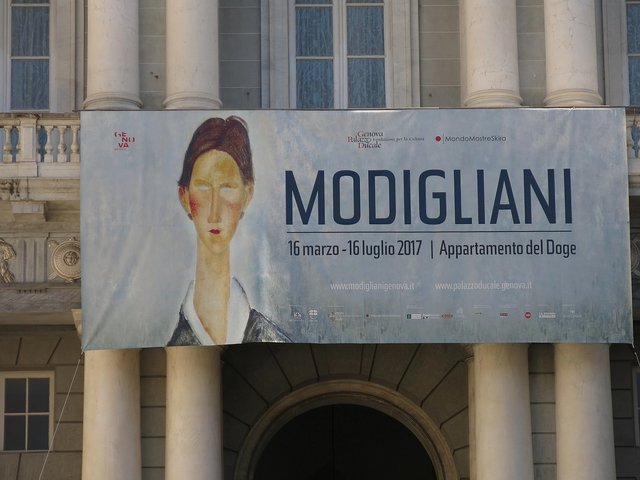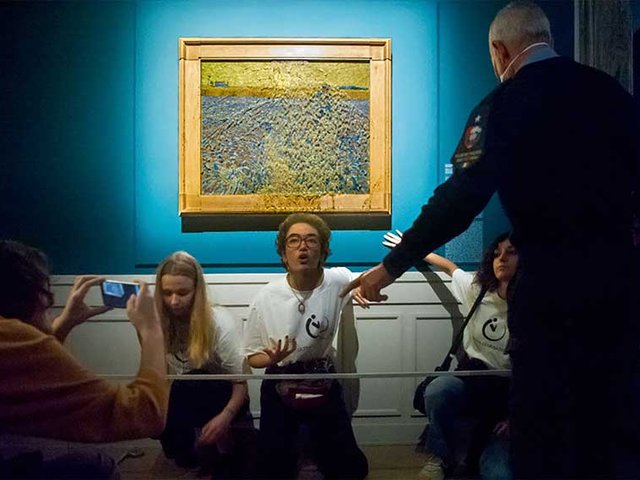In addition to the well known risks of lending to Italian museum-organised exhibitions and the inherent risks that might be foreseen in importing pictures into Italy (risk of notification, etc.), there may now be added the unreliability of Italian insurers.
Lenders from overseas should be warned that, although the policies issued by Italian government museums purport to be on a nail-to-nail declared value basis, in the event of misfortune and a claim, you have little security that you will receive prompt, indeed any, satisfaction. I am writing from bitter experience.
In the one case, a valuable period frame was damaged and restored at our insistence in the UK. The claim was filed with the superintendent who had organised the exhibition and this was referred to his insurers (Assitalia, Pesaro office). The office declined to reply or to send a claim form or to nominate an adjuster. Repeated correspondence, either with the insurer or with the office or, indeed, by our legal representatives in Italy has failed to evince even a nominal reply. It seems that Assitalia’s tactic is to stonewall any claim with silence in the hope that it will go away.
In the second case, an important baroque painting loaned to a different national institution was damaged due to negligence during the hanging of the exhibition. Two years later the insurer (this time, RAS) has the gall to try to dispute the basis of valuation on which the painting was insured in the first instance for its agreed value. In this instance the painting had been on loan to a US public institution for the same figure for some time prior to the Italian exhibition.
Under the circumstances we would draw private lenders’ attention to these deficiencies and would strongly recommend that they do not accept the cover of the nominated Italian insurer, but insist on instituting a separate specific policy for the exhibition issued by their own insurers at the borrower’s expense. The loans should not be insured under the terms of the lender’s block policy since, in the event of a claim in Italy, this would impact on the lender’s claim record. However, if a separate policy is instituted for the specific exhibition, the lender’s claim record will not be prejudiced.
Of course, this will have the effect of driving up the cost of borrowing for Italian institutions, but this is a small price to pay when the lender knows that in the event of damage occurring he will actually receive satisfaction.
Patrick Matthiesen, London



